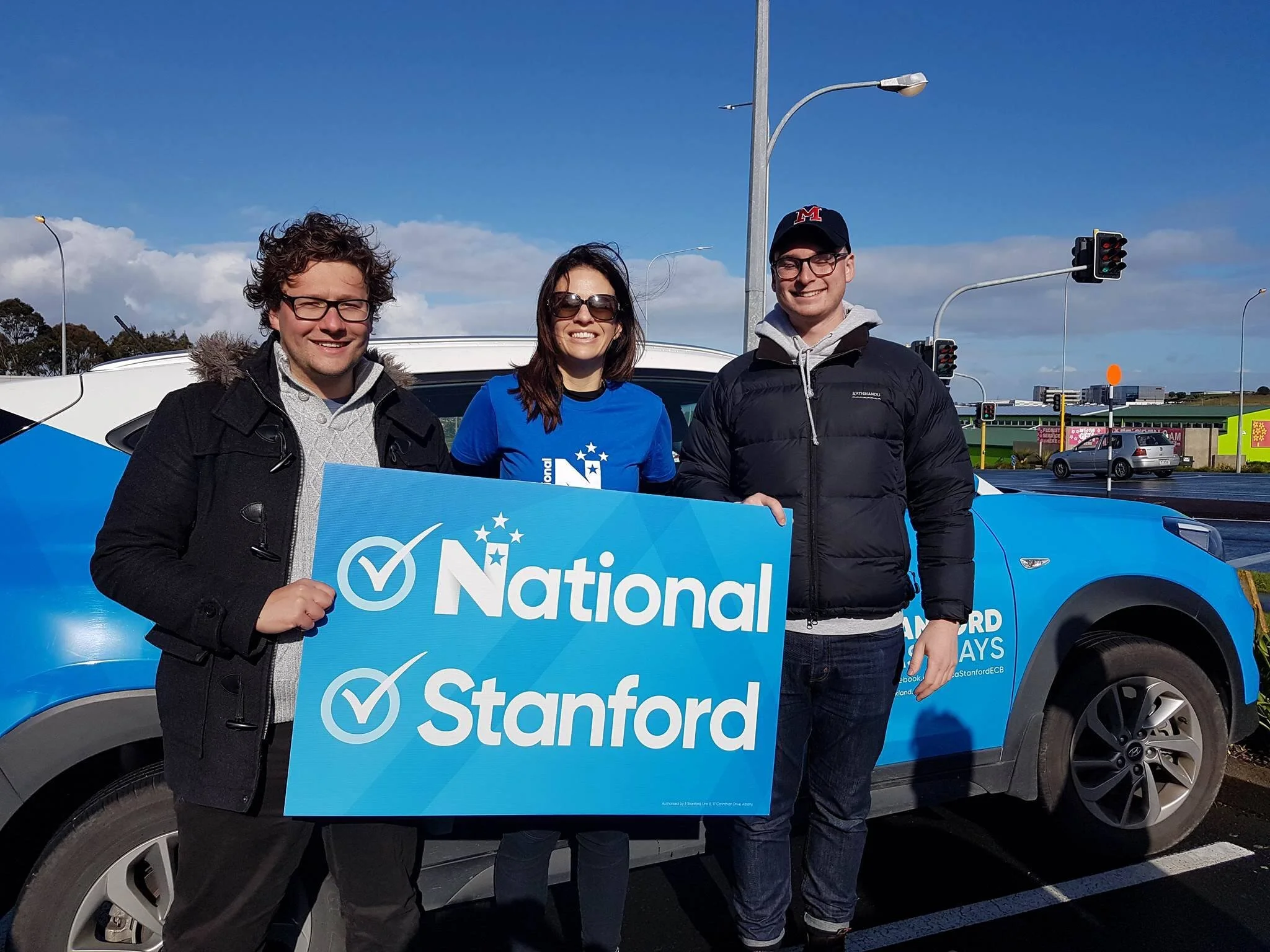NZ Election - Targeting and Turn Out
Monday morning and we hit the ground at the Ferry Building in Auckland Central for ‘Human Hoarding’ – what we would call sign waving. Hoarding is a regular bookend for the campaigning day. This morning we are hoarding for Nikki Kaye, the formidable Minister for Education, and the electorate member for Auckland Central.
Auckland Central is New Zealand’s most marginal electorate. Nikki Kaye was the first National to win the seat in 90 years when she was first elected in 2008, and has since beaten Jacinda Ardern for the seat on two occasions.
In the height of Jacinda-mania, Kaye is evidence that Ardern can be beaten.
The goal of hoarding is to boost name recognition and put a positive face on the party. As New Zealand has voluntary voting, it is also designed to get out the vote. We spend an hour and a half cheering people in from their ferries on their way to work, alternating between hitting the traffic on the street outside and the commuters arriving from their ferries.
Many of these commuters may not live in Kaye’s electorate, but it is still important to get them to vote National, as the overall number of seats the party receives will be decided by the party vote. The overall number of seats a party receives is decided by their share of the overall party vote.
After this we visit the Nationals digital team. Kaye records a Facebook live QandA with two other candidates. The digital team is about twelve strong. They are constantly workshopping graphics and videos to put out onto social media. Far from just producing content for Twitter, Instagram, and Facebook, they are utilising WeChat to better reach Asian voters.
We then visit the Auckland Central electorate office and immediately get to work phone canvassing. Unlike phone canvassing scripts that in Australia, this script is short and to the point. We identify ourselves as calling on behalf of the National party and ask the voter directly about their voting intentions. The purpose of this is both to identify National voters so that we can assure they get out to the polls, and less formally, to gauge the mood in the community.
On Election Day information about likely or intended National voters will be cross-referenced with information from the electoral commission on who has already voted to create a targeted turn-out-the-vote operation. Each day as people vote in pre-poll voting, the page and line number of their name on the electoral roll will be passed on to the party. This information is entered into a smart-phone application by scrutineers to keep track of who is voting and who is yet to turn out.
More hoarding for evening peak hour is followed by a debate between the Young National and Young Labour President. The debate is taking place on an online IT start-up targeted at students, and is streamed live via Facebook. The hour passes quickly with Labour still unable to articulate its tax plans when they are raised by the moderator, this would be prophetic for the week to come.
The next day will be spent campaigning in safe seats, where campaigning is still vitally important. As the Party Vote is national, maximising the voter turnout in safe seats is seen as an important strategy to win government. A quick look at Stanford’s flyers reveal they are duplicated in Mandarin on the back
It is clear that while the New Zealand electoral system differs significantly from our own, we can learn a lot from the methods they use to target their message to voters.
Rob Bower is a member of the ACT Young Liberal Executive


